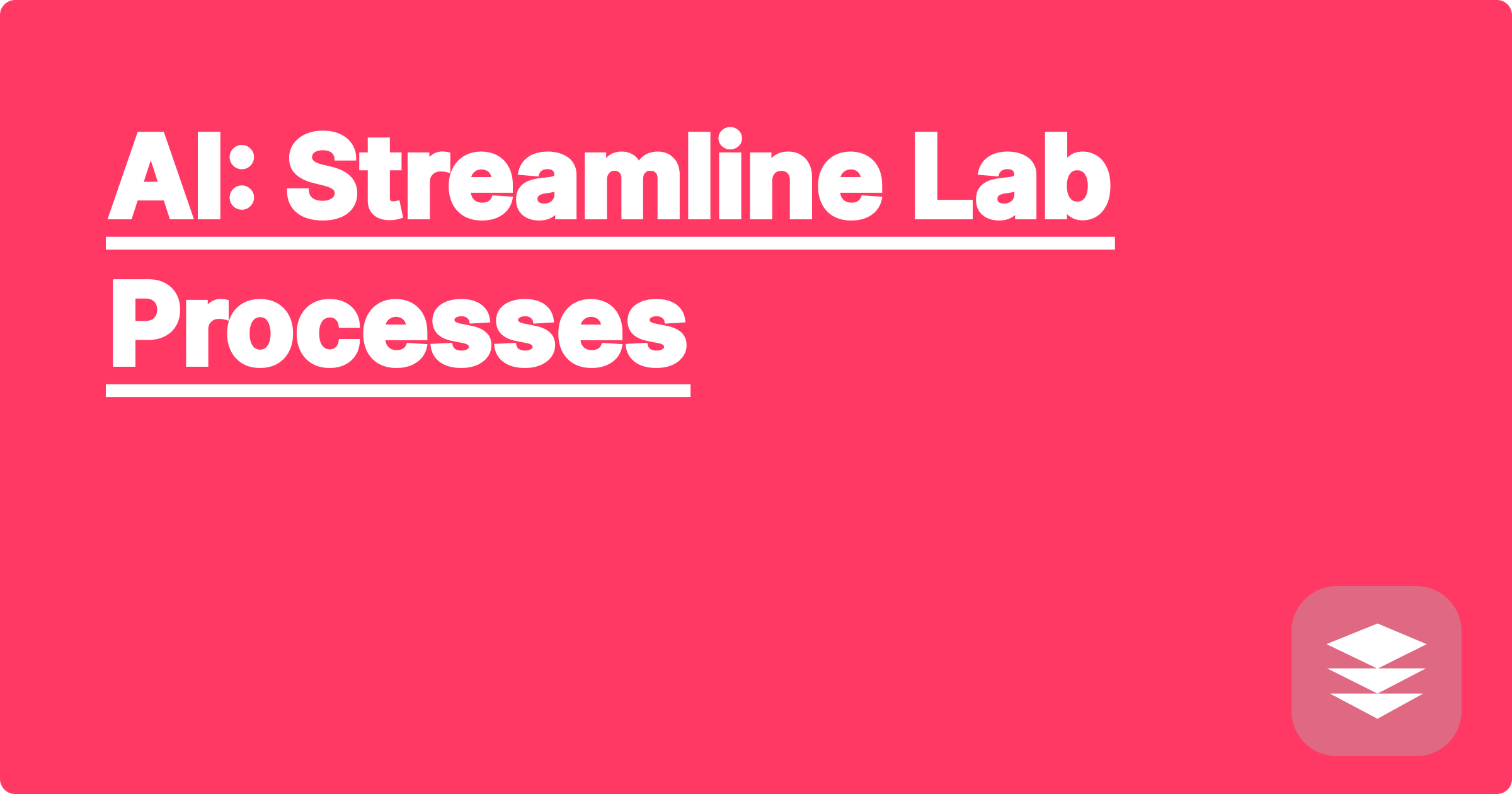
STEM fields are constantly pushing the boundaries of knowledge, requiring intricate experiments and complex data analysis. However, traditional lab processes can be time-consuming and prone to human error, hindering research progress. Artificial intelligence (AI) offers a transformative solution, providing powerful tools to streamline lab processes, automate tedious tasks, and accelerate scientific discovery. This shift empowers researchers to focus on higher-level thinking, experimental design, and data interpretation.
This transformation is particularly relevant for STEM students and researchers who face increasing pressure to publish, innovate, and compete in a rapidly evolving technological landscape. Mastering AI-powered tools can significantly enhance their productivity, enabling them to manage complex projects, analyze massive datasets, and generate novel insights more efficiently. Embracing these advancements is no longer optional but essential for staying competitive and contributing meaningfully to scientific progress.
Laboratory work in STEM disciplines often involves repetitive tasks, meticulous record-keeping, and complex calculations. Manually performing these activities can be laborious and error-prone, consuming valuable time that could be devoted to more intellectually stimulating aspects of research. Furthermore, traditional data analysis methods can struggle with the sheer volume and complexity of data generated by modern experiments, leading to bottlenecks in the research pipeline. The lack of efficient tools for data management and analysis can hinder the extraction of meaningful insights and delay the dissemination of research findings. This challenge is further compounded by the increasing complexity of scientific instruments and experimental designs, demanding more sophisticated approaches to data acquisition and processing.
AI offers a powerful suite of tools to address these challenges and revolutionize lab processes. Language models like ChatGPT and Claude can be utilized for automating literature reviews, generating experimental protocols, and even assisting with the writing of research papers. These tools can sift through vast amounts of scientific literature, identify relevant information, and summarize key findings, saving researchers countless hours of manual effort. Wolfram Alpha, a computational knowledge engine, excels at performing complex calculations, symbolic manipulations, and data analysis, enabling researchers to analyze experimental data quickly and accurately. Furthermore, AI-powered image recognition software can automate the analysis of microscopic images, identifying patterns and anomalies that might be missed by the human eye. By integrating these AI tools into their workflow, STEM students and researchers can significantly enhance their productivity and accelerate the pace of scientific discovery.
Begin by identifying specific lab processes that can be automated or streamlined using AI. This might involve tasks such as literature review, data entry, data analysis, or image processing. Next, select the appropriate AI tool for the chosen task. For example, ChatGPT or Claude can be used for generating text-based content, while Wolfram Alpha is ideal for performing complex calculations and data analysis. Once the tool is selected, define the specific input required by the AI. This might involve providing a research question, a set of data points, or a specific image to analyze. Then, input the data into the chosen AI tool and carefully review the output generated by the AI. It's crucial to validate the AI's output against existing knowledge and ensure its accuracy. Finally, integrate the AI-generated output into the overall research workflow, using it to inform experimental design, data interpretation, or report writing.
Consider a researcher studying the growth kinetics of a particular bacterial strain. They can use Wolfram Alpha to fit experimental data to a logistic growth model, obtaining parameters such as the maximum growth rate and carrying capacity. The formula for logistic growth is given by P(t) = K / (1 + (K - P0)/P0 exp(-rt)), where P(t) is the population at time t, K is the carrying capacity, P0 is the initial population, and r is the growth rate. Wolfram Alpha can readily process experimental data and calculate these parameters, providing valuable insights into the bacterial growth dynamics. Another example involves using ChatGPT to generate a literature review on the applications of CRISPR-Cas9 gene editing technology. By providing a specific research question, such as "What are the ethical implications of using CRISPR in human embryos?", ChatGPT can quickly generate a comprehensive overview of the relevant literature, saving researchers significant time and effort. Furthermore, AI-powered image recognition software can be used to analyze microscopic images of cells, automatically identifying and quantifying different cell types, enabling researchers to study cellular processes with greater precision and efficiency.
To effectively utilize AI in STEM education and research, it's essential to develop a strong understanding of the capabilities and limitations of different AI tools. Experiment with different AI platforms and explore their functionalities to identify the tools that best suit your specific needs. Critically evaluate the output generated by AI, ensuring its accuracy and relevance to the research question. Combine AI-powered insights with your own domain expertise and critical thinking skills to draw meaningful conclusions. Stay updated on the latest advancements in AI and explore new ways to integrate these tools into your research workflow. Finally, remember that AI is a tool to augment human intelligence, not replace it. By combining the power of AI with human creativity and ingenuity, STEM students and researchers can unlock new frontiers of scientific discovery.
In conclusion, AI offers a transformative potential to streamline lab processes, automate tedious tasks, and accelerate scientific discovery. By embracing these powerful tools, STEM students and researchers can enhance their productivity, gain deeper insights from their data, and contribute more effectively to the advancement of scientific knowledge. Start exploring the vast possibilities of AI today and unlock your full potential as a STEM researcher.
Ace STEM Exams: AI Study Planner
AI for Lab Data: Analysis Made Easy
AI in Engineering: Boost Your R&D